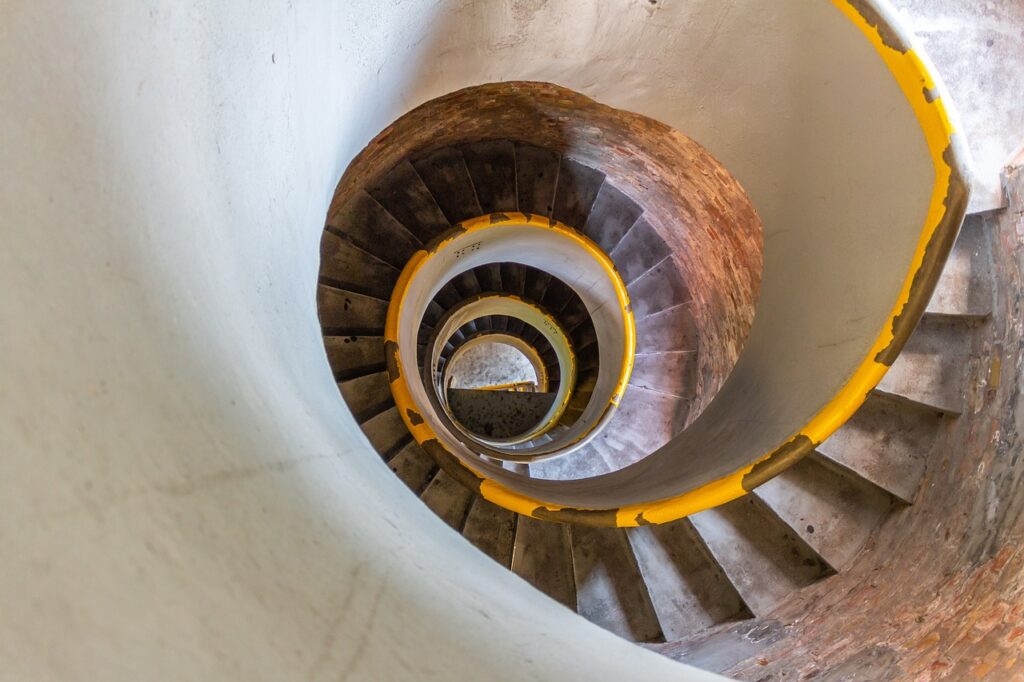A retrofit on a property involves upgrading and modifying an existing building to improve its energy efficiency, comfort, and sustainability. This process focuses on implementing modern energy-saving technologies and practices in older properties that were not designed with current energy efficiency standards in mind. The goal is to reduce energy consumption, lower utility bills, and decrease the environmental impact of the home. Key aspects of a retrofit can include upgrading insulation, windows, doors, heating and cooling systems, renewable energy systems, water heating, lighting, ventilation, air quality and water efficiency.
A house functions as a living, breathing ecosystem, and the initial step in any low-energy home retrofit project is to gather comprehensive information about how the building performs both when it is occupied and unoccupied. Understanding that a house or any building is more than just its bricks and mortar, our assessors take a holistic approach, starting with a thorough evaluation of the layout and construction. This includes assessing existing efficiency measures, identifying any alterations that have been made over time, and checking for issues such as dampness and condensation that could affect the building’s performance.
Our approach is guided by the PAS 2035 standards, ensuring that we consider the whole building and its use, far beyond what a basic Energy Performance Certificate (EPC) assessment would cover. This means we not only look at the fabric of the building but also delve into how the building is used on a daily basis. We take into account various critical factors such as usage patterns, heating programmes, ventilation levels, and your current energy bills. This comprehensive analysis allows us to establish a true picture of how your building operates from an energy efficiency perspective. Moreover, our assessment process is designed to be as detailed and informative as possible. We collect data on how different rooms and spaces are utilised, the effectiveness of current heating and cooling systems, and the impact of occupant behaviour on energy consumption. By understanding these dynamics, we can recommend tailored solutions that address specific inefficiencies and improve overall performance.
The retrofit assessment report will then be used by a retrofit coordinator to devise a strategic plan to implement the necessary retrofit measures. We do not have our own retrofit coordinators, however, we can recommend colleagues who are also in the CIC we are part of, Rethink Retrofit. Throughout the process, the retrofit coordinator will manage every aspect of the retrofit project, ensuring that the work is carried out to the highest standards and with minimal disruption to your daily life. Upon completion of the retrofit, they will provide a comprehensive handover to the property owner, detailing all the improvements made and how to maintain them.
The result is a property that is markedly more energy-efficient, cost-effective to operate, and environmentally friendly. By transforming your house into a greener and more sustainable home, we help you save on energy bills while also contributing to the larger goal of environmental conservation.



